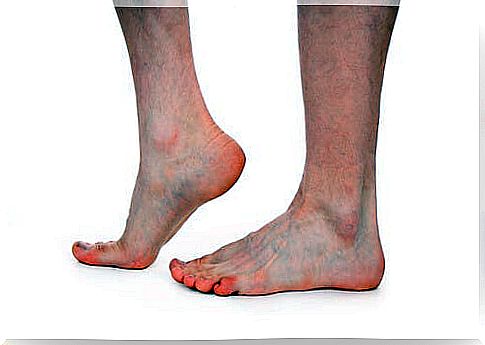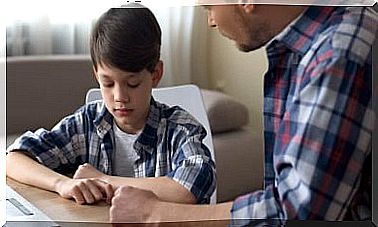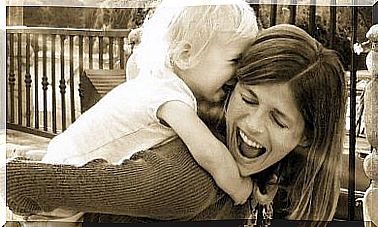What To Do If My Child Has Foot Fungus?
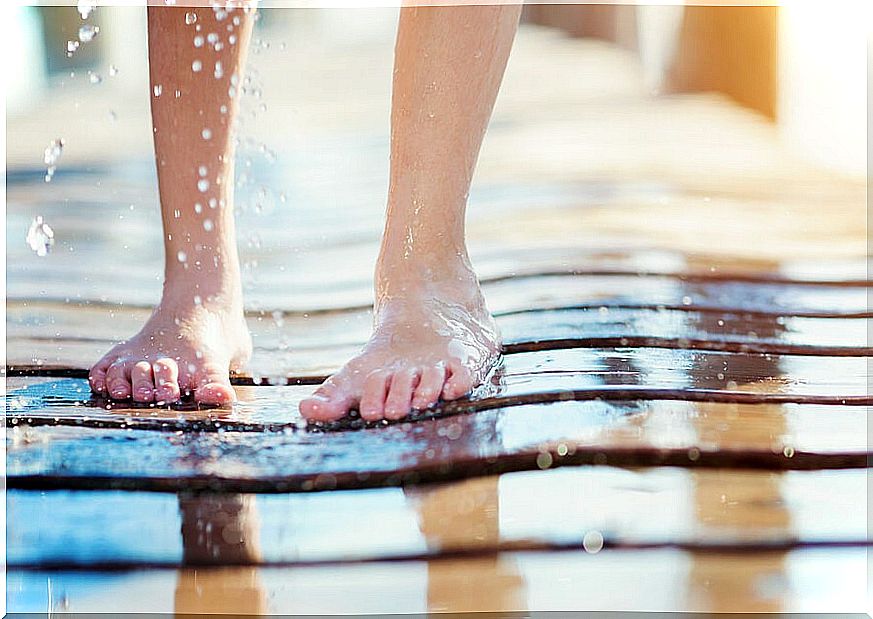
The feet are a privileged area for fungi because the perspiration of the skin creates a favorable environment for their proliferation. These generally invade the areas between the toes, but can also spread to the sole and lateral sides of the foot, and sometimes even to the nails. In severe cases, they can cause blisters to appear.
In those cases where the fungal skin infection on the feet is moderate, with one or two lesions between the toes, it is advisable to prevent the infection from spreading to avoid contamination of the surroundings.
Pollution typically occurs in public places — swimming pool floors, bathrooms, saunas, hotel rooms, hallways, locker rooms — or when feet are sweaty and wet for a long time.
What to do if my child has foot fungus?
There are many treatments to treat foot fungus, depending on the severity of the infection. These are the so-called antifungal treatments.
These treatments include medications that can come in different forms : gel, cream, powder, spray, or tablet. In fact, some are available in pharmacies without the need for a prescription.
Before applying the selected product, it is recommended to disinfect the area affected by the infection and regularly perform foot baths to facilitate the action of the treatment that is carried out.
In case the symptoms worsen, it is better to consult the doctor to adapt the treatment. Consultation with a specialist can provide the type of treatment to consider, depending on the stage and where the fungus is spreading.
Certainly, the transmission of fungal infections of the feet can be done by direct contact between people in contaminated environments, such as changing rooms, swimming pools, saunas, etc. Likewise, the use of other people’s objects and clothing is also a frequent means of transmission.
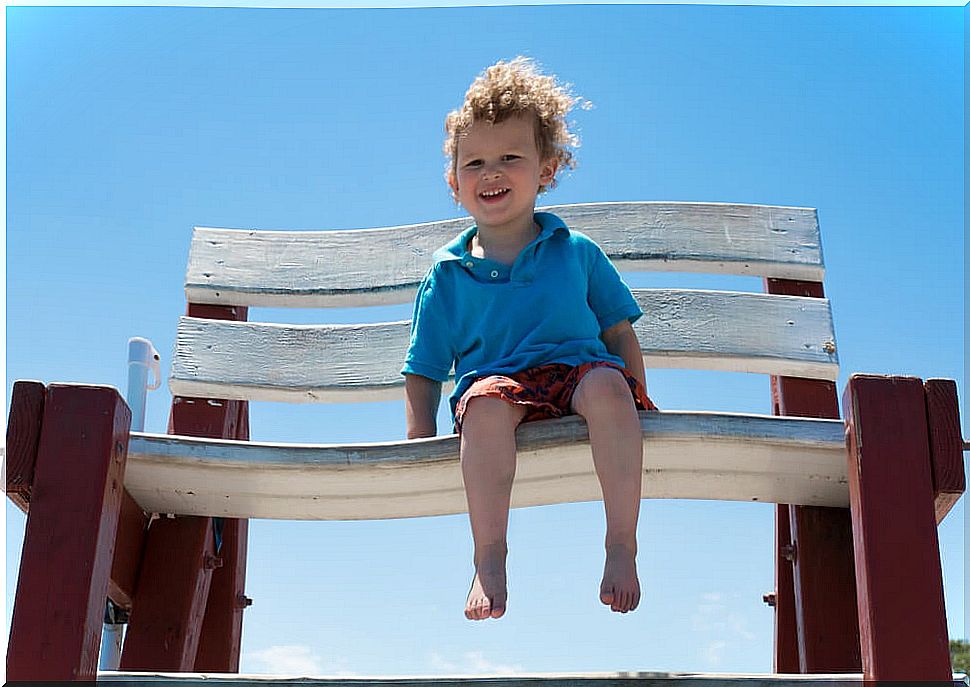
How can I prevent my child from getting foot fungus?
Without a doubt, the most important thing is to take good care of your feet to prevent fungus. Here are some practical tips for keeping your little one’s feet up:
- Always keep them clean, dry and cool.
- Wash her feet daily with soap and water.
- Dries the skin between the toes well.
- Use an absorbent powder.
- Opt for absorbent cotton or wool socks.
- Don’t let him wear tight shoes.
- Change your socks after excessive sweating.
How to act if my child has foot fungus?
To completely eliminate fungus on your child’s feet, these are the tips you should keep in mind:
1. Limit humidity
The first of our tips is to use talcum powder to dry your feet well and thus be able to limit one of the factors that promote mycosis: humidity.
2. Disinfect the area
Disinfecting the area where the fungi are well is of vital importance. Then, he applies drugs against fungal infections, usually through antifungal creams.
Natural plants have medicinal properties that are very beneficial to eradicate this infection. These have antifungal properties of natural origin.
3. Apply essential oils
The application of essential oils such as lavender oil, tea tree oil or sweet almond oil are very effective and inexpensive.
4. Prepare baking soda baths
Baking soda can be a very valuable ally to overcome foot fungus. To do this, mix four to five tablespoons of this natural element in a liter of warm water.
Next, put the child’s feet in the bathtub for about fifteen minutes and then dry them thoroughly so as not to leave a single trace of liquid between the toes.
To fully utilize the therapeutic properties of baking soda, you can sprinkle a small amount on your child’s socks. Thus, it will absorb the moisture generated by its activity during the day.
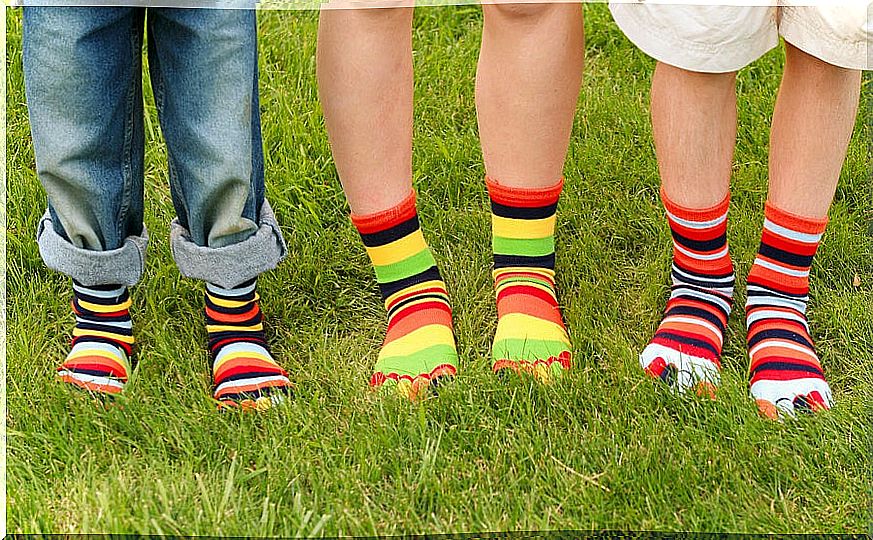
5. Apply antifungal creams
For treatment to be as effective as possible, creams against fungal infections of the foot should be applied as soon as possible. Do it immediately after the discovery of the first clinical signs: redness, blisters, fissures or cracks.
6. Avoid walking barefoot
When the little one goes to spaces such as swimming pools, beaches, saunas or steam rooms, you should avoid walking barefoot. By cons, you always have to wear flip flops or sandals in common and damp areas, preferably plastic, to avoid contamination and humidity.
Finally, remember that, in the vast majority of cases, if your child has foot fungus, they should be treated with an over-the-counter antifungal medication, available at all pharmacies. Treatment lasts 2 to 4 weeks and works in 80% of cases; If the infection is particularly painful, extensive, or does not improve despite treatment, you should seek medical attention.
